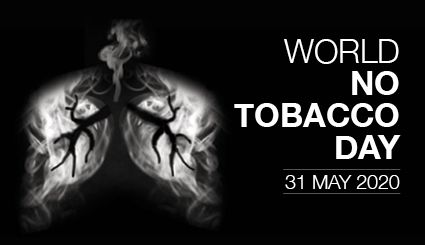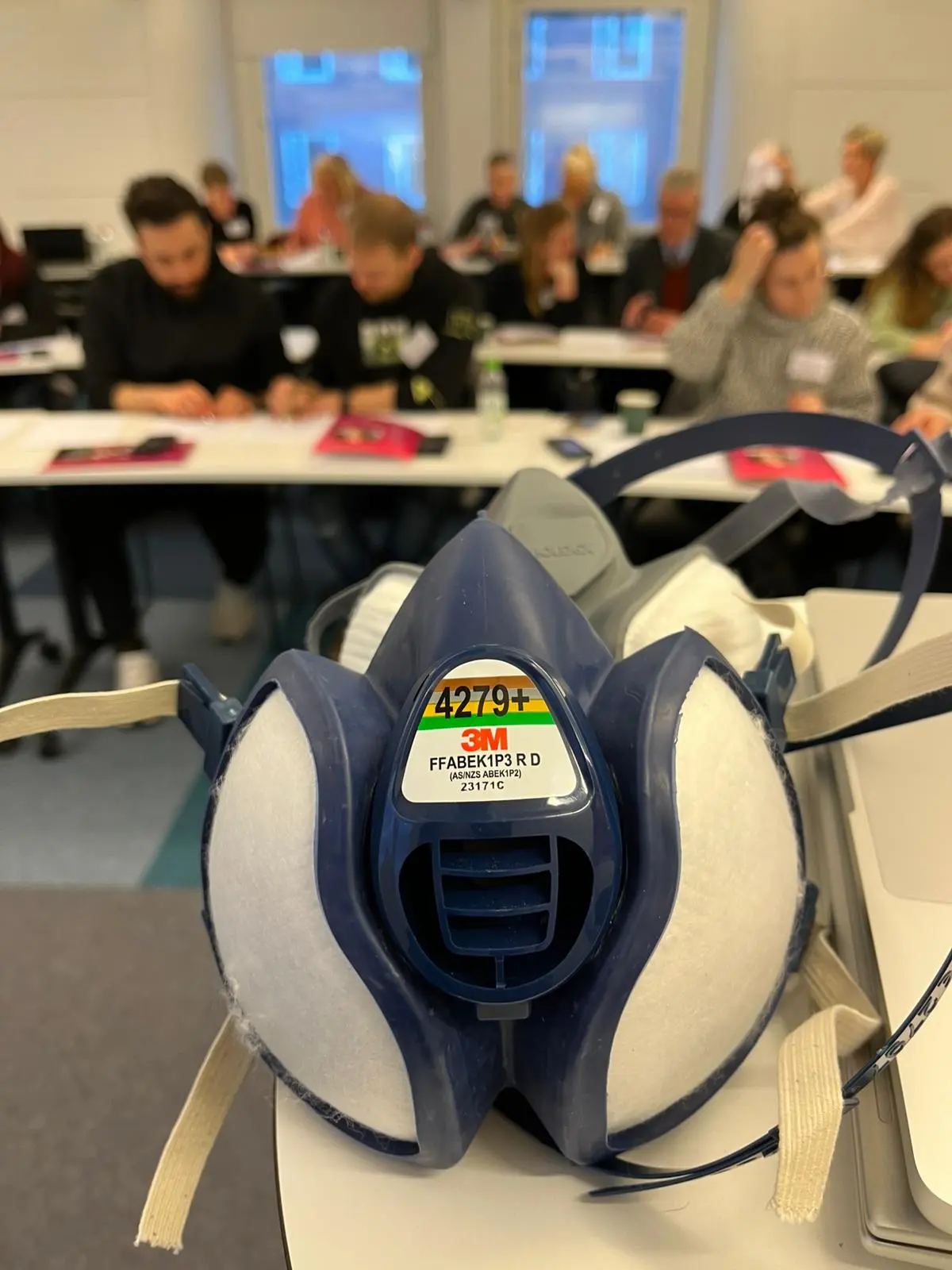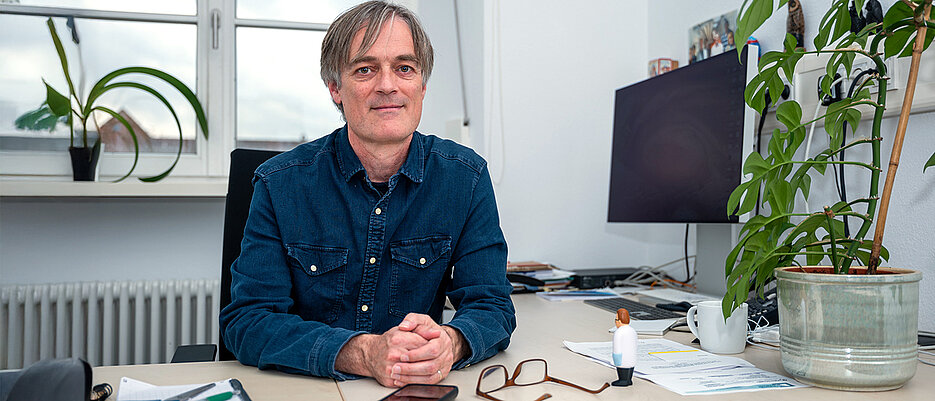
Every year, on 31 May, the World Health Organization and global partners mark to:
- highlight the health and other risks related to tobacco use
- advocate for policies that reduce tobacco use
- raise awareness about how second-hand smoke affects the smoker, their family and their community
It is also a day where smokers are encouraged to start their quit journey or not smoke for 24 hours.
This year’s theme ‘Protecting youth from industry manipulation and preventing them from tobacco and nicotine use’ will:
- debunk myths
- expose to attract younger people
- provide younger people the knowledge they need to detect industry manipulation
- provide tools to help younger people stand up to big tobacco.
Tobacco smoking in Australia
Smokers and tobacco users are likely to be more vulnerable to COVID-19.
Smokers may already have lung damage, reduced lung capacity or lung disease, which greatly increases the risk of serious illness. Further, the act of smoking means their fingers are in contact with their lips. This increases the possibility of transmitting the virus from their hand to their mouth.
In Australia, tobacco use remains the leading cause of preventable death and disability. Tobacco use killed almost 21,000 Australians in 2015.
Evidence shows that when tobacco control efforts stall, so does the decline in smoking prevalence.
All Australian governments are working to reduce tobacco use through . The aim is to reduce smoking rates to below 10% by 2025.
Find support
Many ex-smokers successfully quit without any support. For others, getting the right support can go a long way to ensure they quit smoking for good.
Free advice and support services are available to help smokers prepare to quit and recent quitters to stay smoke free. These include:
- – a confidential telephone advice and counselling service
- – a free app which provides tips and tricks to quit smoking
Doctors, healthcare providers and pharmacists can also provide support and information about products that help smokers become smoke free.








